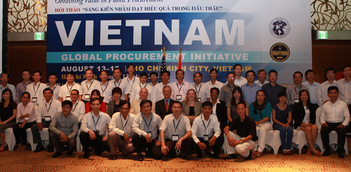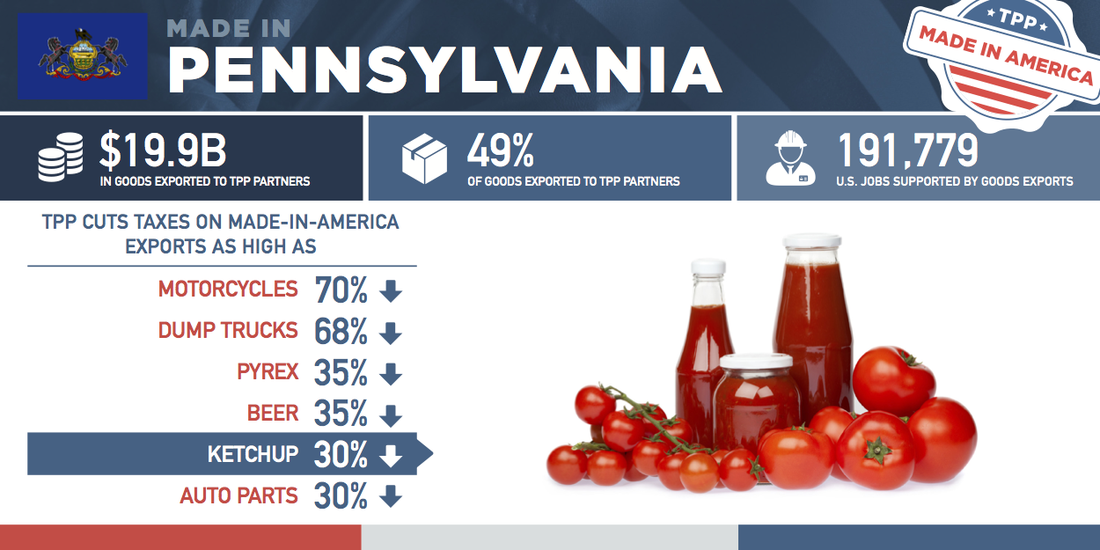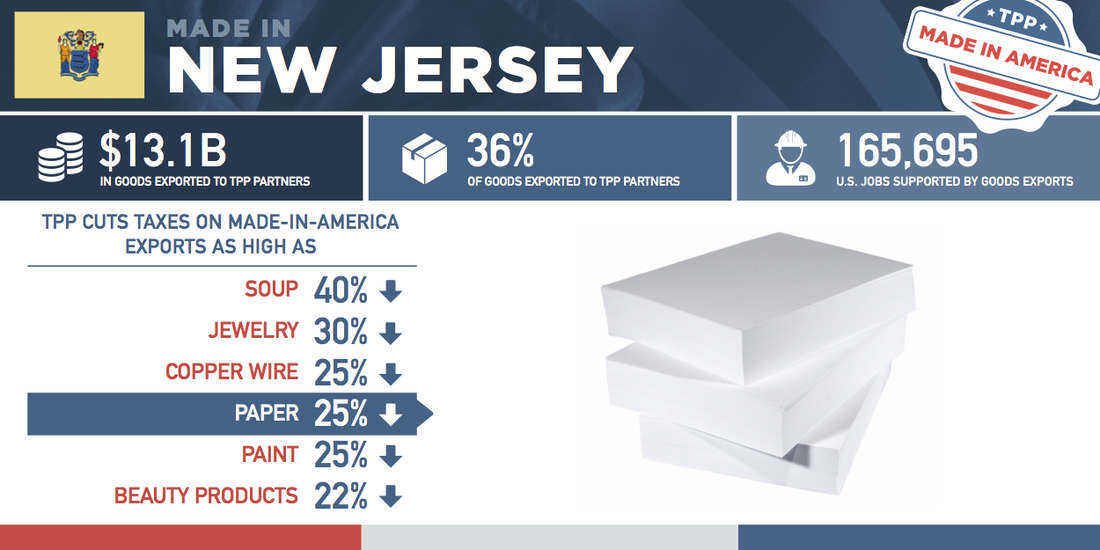The company also posted its scientific poster abstract presentation at the conference. The abstract summarized cumulative preliminary data from three different pilot/observational scientific human clinical trials, and pharma like validation of its dietary supplement Renadyl™.
The company also participated in the 3rd World Congress on Targeting Gut Microbiota towards clinical revolution which was held at the Pasteur Institute, Paris from Oct 21-23. Representing Kibow, Dr. Natarajan Ranganathan gave an oral presentation on the same "Enteric Dialysis Concept" and Gut-Kidney connection. The presentation was well received and recognized among all the medical, scientific, and clinical researchers from several countries. On November 4th and 5th, U.S. Customs and Border Protection (CBP) hosted the 2015 East Coast Trade Symposium in Baltimore, MD, themed Transforming Global Trade. New WTCGP member Cardinal Trade Associates has provided a full report of the conference for all members and associates. Cardinal Trade Associates is transforming the business of customs brokerage, providing compliant and scalable solutions for your import and export operation. Review the full report below USTDA.gov Redesigned to Enhance Connections to U.S. Exporters & Overseas Project Sponsors11/10/2015
ARLINGTON, Va. - The U.S. Trade and Development Agency is excited to announce the debut of its new website design, which will offer an enhanced user experience. The new USTDA website utilizes a responsive platform, meaning that the landing page now displays content consistently, no matter what device visitors are using - desktop, laptop, mobile phone or tablet. Now visitors can navigate the site more easily and locate content more quickly.
Another feature is the high-level placement of links to the most visited areas of the website. With just one click or touch, visitors can reach pages like Trade Leads, Business Opportunities, Events and Project Proposals.
Finally, the new USTDA.gov features access to a prioritized list of Application Programming Interfaces (API), a set of tools or requirements that allow applications and websites to communicate. APIs make it possible for entities like the International Trade Administration and BusinessUSA to automatically consume data being provided by USTDA.gov and then display that information in a user-friendly format on their respective websites. Application developers can now utilize USTDA's APIs to create software that can alert U.S. exporters of overseas procurement opportunities. You can find the new website at USTDA.gov. Over the months to come, the Agency will continue to make updates that aim to better serve its partners at home and abroad.  Philip Rinaldi, CEO of Philadelphia Energy Solutions Philip Rinaldi, CEO of Philadelphia Energy Solutions Via Philly.com: Local business leaders on Thursday continued to beat the drum to build out Philadelphia as an energy hub, saying the region should take advantage of its proximity to the Marcellus Shale natural-gas boom to revive the area's manufacturing sector. "These are reserves you don't measure in years, you don't measure in decades, you measure in centuries," Philip Rinaldi, chief executive of Philadelphia Energy Solutions, told an energy conference hosted by the Federal Reserve Bank of Philadelphia.
Read the full story here  USTDA Director Leocadia I. Zak joined keynote speakers in kicking off the 5th US-India Aviation Summit in Bangalore, Nov. 3, 2015 USTDA Director Leocadia I. Zak joined keynote speakers in kicking off the 5th US-India Aviation Summit in Bangalore, Nov. 3, 2015 BANGALORE, India – The U.S.-India Aviation Summit closed today following two days of high-level meetings and discussions between public and private sector leaders from both nations to discuss ways to strengthen the bilateral aviation partnership. The Summit was co-hosted by the U.S. Trade and Development Agency and India’s Ministry of Civil Aviation, with the support of the U.S.-India Aviation Cooperation Program (ACP). “The dedication of India’s government to the expansion of their aviation sector has fostered continued growth and created opportunities for U.S. businesses to provide their technology and expertise,” said USTDA Director Leocadia I. Zak. “USTDA is pleased to support our Indian partners’ goals and to have convened U.S. and Indian stakeholders from this critical sector.” “The government is making all efforts to promote the growth of the Indian aviation sector in a significant manner,” said Minister of Civil Aviation Gajapathi Raju Pusapati. “Systems and processes which affect this sector will be simplified and made more transparent with greater use of technology without compromising on safety and security.” India’s aviation sector has continued to grow rapidly since the last biennial event was held in 2013. Building on this success, the country’s civil aviation market, currently the world’s ninth largest, is anticipated to require an additional $110 billion in financing to continue to advance India’s diverse aviation expansion and modernization projects through 2020. During the opening session of the Summit, Director Zak announced that USTDA is partnering with India’s Directorate General of Civil Aviation to support its tremendous progress in strengthening its aviation safety and oversight framework. This follow-on work builds on previous cooperation that enabled India to achieve a Category 1 aviation safety rating last April. This project will support sustainable growth in India’s rapidly expanding aviation market, both internationally and domestically, and strengthen economic activity between the United States and India. The Aviation Summit advanced U.S.-India collaboration in technical, policy and commercial areas. By bringing together key decision makers to discuss a range of important matters such as airspace utilization and air traffic management, airport infrastructure and development financing, aviation security, aviation safety, and general and business aviation development, the Summit strengthened commercial and economic ties between the U.S. and India. Full Story Here What is the TPP? (via ustr.gov) The Trans-Pacific Partnership (TPP) writes the rules for global trade—rules that will help increase Made-in-America exports, grow the American economy, support well-paying American jobs, and strengthen the American middle class.
As stated by POTUS Barack Obama | Medium.com: Here's the Deal: The Text of the Trans-Pacific Partnership When we have a level playing field, Americans out-compete anyone in the world. That's a fundamental truth about our country. But right now, the rules of global trade put our workers, our businesses, and our values at a disadvantage. If you're an autoworker in Michigan, the cars you build face taxes as high as 70 percent in Vietnam. If you're a worker in Oregon, you're forced to compete against workers in other countries that set lower standards and pay lower wages just to cut their costs. If you're a small business owner in Ohio, you might face customs rules that are confusing, costly, and an unnecessary barrier to selling abroad. The Trans-Pacific Partnership will change that. It's the highest standard trade agreement in history. It eliminates 18,000 taxes that various countries put on American goods. That will boost Made-In-America exports abroad while supporting higher-paying jobs right here at home. And that's going to help our economy grow. I know that past trade agreements haven't always lived up to the hype. That's what makes this trade agreement so different, and so important. The TPP includes the strongest labor standards in history, from requiring a minimum wage and worker safety regulations to prohibiting child labor and forced labor. It also includes the strongest environmental commitments in history, requiring countries in one of the most biologically diverse areas on Earth to crack down on illegal wildlife trafficking, illegal logging, and illegal fishing. These standards are at the core of the agreement and are fully enforceable-which means we can bring trade sanctions against countries that don't step up their game. And for the first time ever, we'll have a multilateral trade agreement that reflects the reality of the digital economy by promoting a free and open Internet and by preventing unfair laws that restrict the free flow of data and information. In other words, the TPP means that America will write the rules of the road in the 21st century. When it comes to Asia, one of the world's fastest-growing regions, the rulebook is up for grabs. And if we don't pass this agreement-if America doesn't write those rules-then countries like China will. And that would only threaten American jobs and workers and undermine American leadership around the world. That's why I am posting the text of this agreement here for you to read and explore. There's a lot in here, so we've put together summaries of each chapter to help you navigate what's in the agreement and what these new standards will mean for you. I know that if you take a look at what's actually in the TPP, you will see that this is, in fact, a new type of trade deal that puts American workers first. Read the full text of the TPP here Related Links: 11/23/2015 TPP and PRPA – A Brief Analysis from a U.S. and Australasia Perspective 11/05/2015 Details of Pacific Trade Pact Fuel Debate Post updated November 24, 2015
Via Philly.com:
 November 2015 - This month, the U.S. Trade and Development Agency (USTDA) will be highlighting its work in the Southeast Asia region on its social media. USTDA has a long history of forming partnerships between U.S. businesses and Southeast Asian project sponsors to advance energy, transportation, aviation and telecommunications projects. The results of these projects, as well as upcoming regional reports, commercial opportunities, and facts, will be highlighted throughout November. USTDA will feature its engagement during the APEC CEO Summit in Manila, Philippines from November 16-18. The Agency will also highlight its U.S.-ASEAN Energy Infrastructure Reverse Trade Mission and Symposium, which will be held in December to increase U.S. engagement in priority energy projects in ASEAN member countries. The event will focus on promoting natural gas, renewable energy and smart grid technologies. Use hashtags, such as #SEAsia and #APEC2015 and inform their U.S. business partners of future export and investment opportunities throughout the region, as well as connect with Southeast Asian stakeholders looking to partner with U.S. businesses or access U.S. government resources for their development projects. Learn More |
Categories
All
Archives
July 2023
|






 RSS Feed
RSS Feed